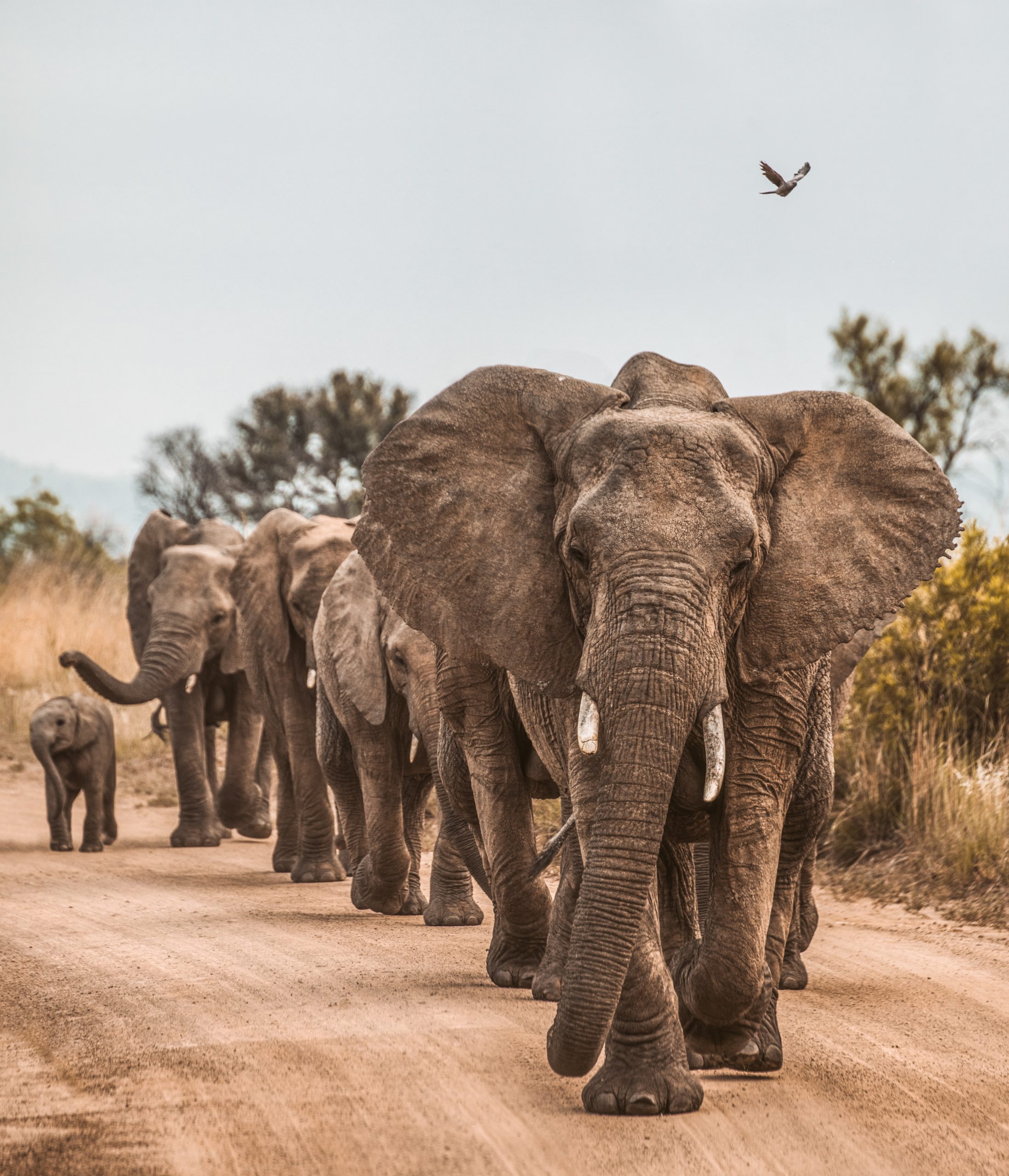Everyone is talking about the Emmy Award winning Apple TV series Ted Lasso, and for good reason. The series is chalk full of leadership and life lessons that seem tailor-made for the challenges we face today. It’s hard to get far without seeing a Ted Lasso quote or meme along those lines. Those who are fans could easily name their favorites without missing a beat.
But for this post, I want to focus on a line from the show that absolutely no one remembers. Because one of the strengths of the writing for the series is the economy of language—with every word holding significance and conveying meaning—I don’t believe there are any “throw-away lines.” The particular line I’m going to focus on is actually sandwiched between two dramatic “takes,” so it’s easy to miss, but it’s actually a beautiful metaphor about leadership in general—and likely women’s leadership in particular.
So let’s go back to Season 1, Episode 2, when model and influencer Keely Jones peels into the stadium parking lot, jumps out of the car, and asks Coach Ted and Richmond owner Rebecca, “Which would you rather be, a lion or a panda?” Since we don’t get any context clues here, we think it’s just a personality quiz of some kind (Keely is really asking what costume she should wear for a photoshoot, but we don’t know that yet). And the way that most people remember this scene is as follows: Ted says he wants to be a panda, and Rebecca comes out and fires back that the answer is a lion, because they’re the rulers of the jungle; then, Rebecca makes the joke (censored a bit here for language), “What is black and white and red all over? A panda that gets anywhere near a lion.”
Lion or Panda? Not so Fast…
That’s how most people remember the scene. But if you watch the scene again (search for it), you’ll see that there’s a line in the middle that no one remembers. When Rebecca fires back at Ted that he’s “mad” for choosing a panda, because the lion is the ruler of the jungle, Ted replies, “Try telling that to an elephant. Oooh, can I be an elephant?” Wait a minute—I thought the choice was lion or panda? (Keely confirms that it is.) Why is Ted suggesting a third choice, here? And why is he suggesting an elephant?
After hearing multiple people talking about the lion vs. panda choice when it comes to leadership, this struck me as a particularly important line. Most say that Ted chose the panda because that’s more his style of leadership, and Rebecca chose the lion because that’s more hers. But I think there’s actually a lesson about leadership here: neither the lion (which is too aggressive) nor the panda (which is too passive) are good models for leadership, and even putting them on a continuum—as in, we have to choose one extreme or the other—is not a good dynamic either. So often leaders do actually gravitate to one or another, or what’s even worse, they can vacillate between the two extremes. We all know leaders like this—and I think if we’re honest, we also can see this a bit in ourselves at leaders, at one time or another.
While all leaders have to grapple with this tension, often women leaders have to do so on a daily basis. There are very real stereotypes in our workplaces around women not being confident or assertive enough (too much like a panda, and not enough like a lion), as well as too “bossy” when they do assert themselves (too much like a lion, and not enough like a panda). It’s a real no-win conundrum that exists in women’s leadership, and it even exists in the show’s portrayal of Rebecca, whose approach to leadership (at least in Season 1—more on that later) seems to be all about terrifying everyone (Keely even calls her “terrifying” at least twice during the season).
A Third Option?
So if a lion or a panda is not the best choice for what to “be” when it comes to leadership or being part of a team, then I think we have to ask, what about Ted’s suggestion for an elephant? Is that just a throw-away line, or is it really a third option?
If we stop to look at elephants—their personalities and how they behave with other elephants—I think this probably wasn’t a throw-away line. (I could be wrong, and the writers would say I’m really overthinking it!) Just hear me out as I share my highly sophisticated academic research on elephants (AKA what I found on Google). First, like Richmond, elephant herds are led by a matriarch. (!) Elephants are extremely smart and are the largest land mammal, so not a lot of predators try to attack them. They’re also very caring, and they form deep emotional attachments (e.g., they grieve when another elephant in their herd dies, which is why people say an elephant never forgets). So elephants are actually a sort of balance, personality-wise, between the intimidating lion-type and the caring panda-type. Might elephants represent a balanced approach to leadership—a blending of strength and vulnerability?
Further, while elephants’ size and strength deters predators, it’s really their herd behavior that is their main defense. Scientists have done research with herds of elephants by playing sounds of lions and watching their responses. What they’ve noticed is that when they play lion sounds, the more experienced female elephants sense danger more quickly and warn the herd, so that they group up (this is particularly important because younger elephants can tend to wander off and aren’t as attuned to danger—emerging leaders anyone?). So elephants don’t use their own size or strength alone to protect just themselves; instead, they are actually thinking about how they can protect the herd.
Also very interestingly, elephants became significantly more anxious when more than one lion roar was played simultaneously, so that it appeared that there were multiple lions (versus just one). Scientists concluded from this finding that elephants can judge their weaknesses, and the matriarchs in the herd can then find appropriate strategies to deal with the specific situation. Their herd (or team) mentality involves viewing their safety and well-being as tied to that of all the other elephants in the herd, and they are looking out for each other and leveraging their skills and abilities for the flourishing of their whole herd.
Choose the Elephant
If we look at the characters on Ted Lasso who are growing in positive ways through Season 1 and 2, we can see them all swinging—in one way or another—across the lion vs. panda pendulum. Rebecca, Roy, Keely, and even Ted are all on journeys toward personal strength that still allows for vulnerability, and toward interdependence that involves caring well for both self and others. In their own ways, these characters are trying to find a way to get off the lion vs. panda see-saw and, in doing so, find a healthy place from which they can both lead and function as part of a larger team. No spoilers here, but Nate—who is on a dark journey in Season 2—is the one character who appears unable to grow beyond the lion vs. panda continuum (i.e. his newfound overconfidence in his abilities in Season 2, versus his complete lack of confidence in Season 1). Nate gives us a scary picture of what can happen if we don’t find a more balanced way of leading and being part of a team. It also shows us that while the “elephant principle” (my new term—thanks Ted!) may be uniquely informative for women’s leadership, it’s one that can be universal for all leaders.
So at the end of this analysis, I believe that Ted’s response, “Can I be an elephant?” is not a throwaway line, but rather a real question that he’s asking for himself—as well as for the other characters. Can they really be part of this team and lead each other well, from a place of personal strength, but also for the purpose of others’ well-being and flourishing? And when it comes to leading our own teams, classrooms, schools, organizations, and churches (or whatever context in which we find ourselves)—can we?



